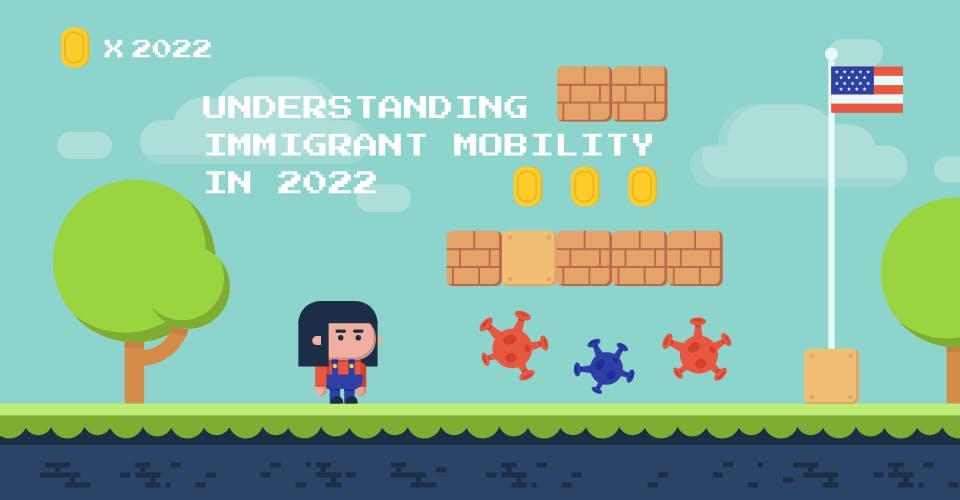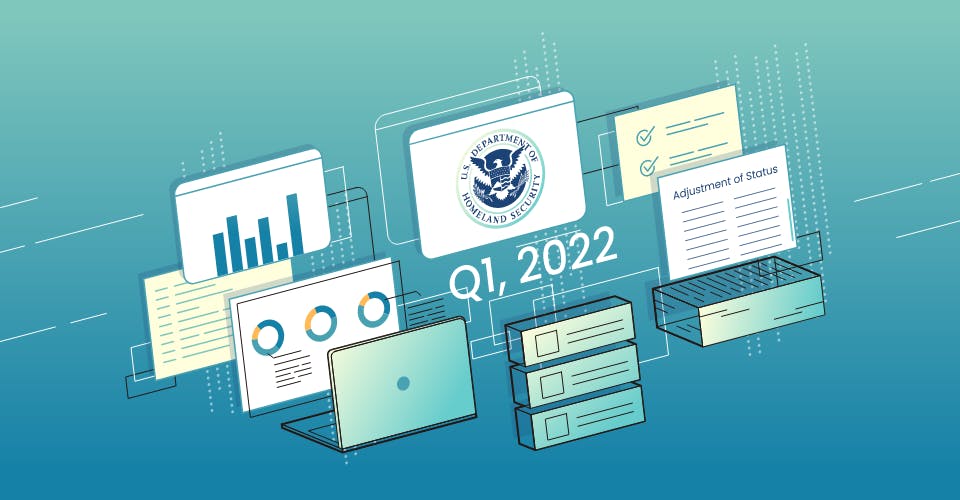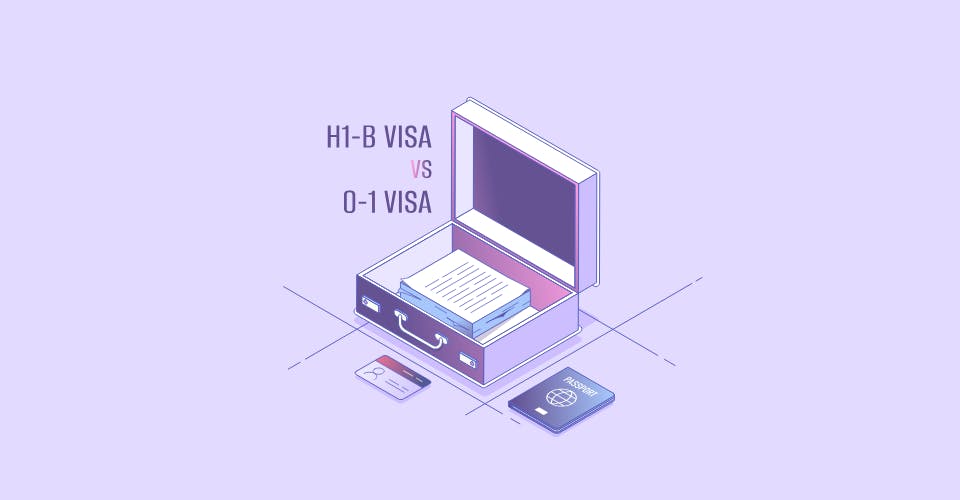The United States is definitely experiencing a critical moment when it comes to immigration. On the one hand, despite current shortages in the labour force due to the Covid-19 pandemic, there are many Americans as well as policy leaders who believe that immigrants take jobs away from native born U.S. citizens. The issue with illegal immigration has also distorted some Americans idea of how migration works, and the ability to differentiate this type of travelling from legal pathways—such as employment based visa programs. To this extent, we can see that there are many narratives in circulation today when it comes to immigrant mobility and the U.S. economy. In this post, we will take a closer look at these issues, to distinguish some of the facts from fiction, and also to more closely investigate the concept of real “immigrant mobility”.
Harvard Business Review (HBR) occasionally touches on U.S. immigration when it comes to gaining a better understanding of the U.S. economy and on a recent podcast episode investigated where immigrants are actually ending up in the U.S. labour force and also generational differences between immigrants.
The research that went into this podcast comes from two prominent Economics professors, Ran Abramitzky and Leah Boustan who were featured on the podcast. To listen to the full length recording, please see the link attached.
First off, the researchers make a clear distinction that immigrants that are first generation, meaning they have come to the United States as the firsts of their family and likely don’t speak native English have a persistent effort in earning, but usually don’t earn as much as their native U.S. counterparts. Barriers usually persist with first generation immigrants, and it can be difficult to get ahead. However, through looking at millions of U.S. Census records, the researchers determined that something vastly different happens with immigrant children, or second generation immigrants in that they basically catch up to their U.S. citizen counterparts in terms of income.[1]
One of the reasons that second generation immigrants tend to fare well is that they are also more foot-loose as compared to native born U.S. citizens. This is an interesting concept that helps to dispel the myth that immigrants are simply taking jobs away from U.S. citizens. In their research, the two professors were able to understand that U.S. citizens and families who have lived in a state or region for decades also have children who tend to stay closer to home. Note that closer to home might also mean moving to a nearby city where one was raised. This means that the kind of life that some U.S. citizen children have is very rooted to where they grew up and the regional distinctions and culture they are used to. And we know this is extremely true from a cultural perspective, even with the advent of remote work.
However, immigrant children are more willing to relocate, often not rooted to one area of the United States in the same way U.S. citizens are, which ultimately explains how demand for some jobs ends up being high paid work for these non-citizens, especially in terms of revitalizing restaurants and retail in suburban towns in the interior of the country.
Thus we can see that immigrant mobility is not really about displacing U.S. workers, and if anything immigrants who start businesses or revitalize a dying business tend to then offer new jobs for whoever can satisfy their demand in that immediate setting. Overall, based on the research put out by HBR and the U.S. Census, immigrants greater ability to move all over the U.S. is a leading reason for having similar incomes to native born U.S. citizens, especially in the second generation.














